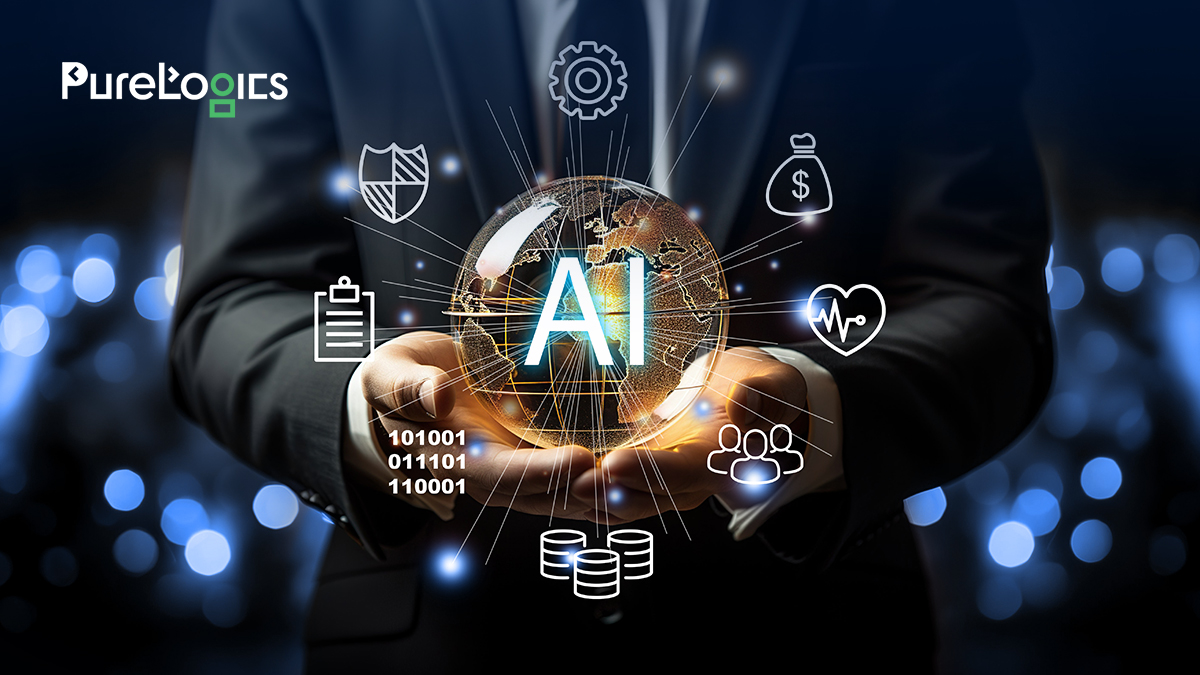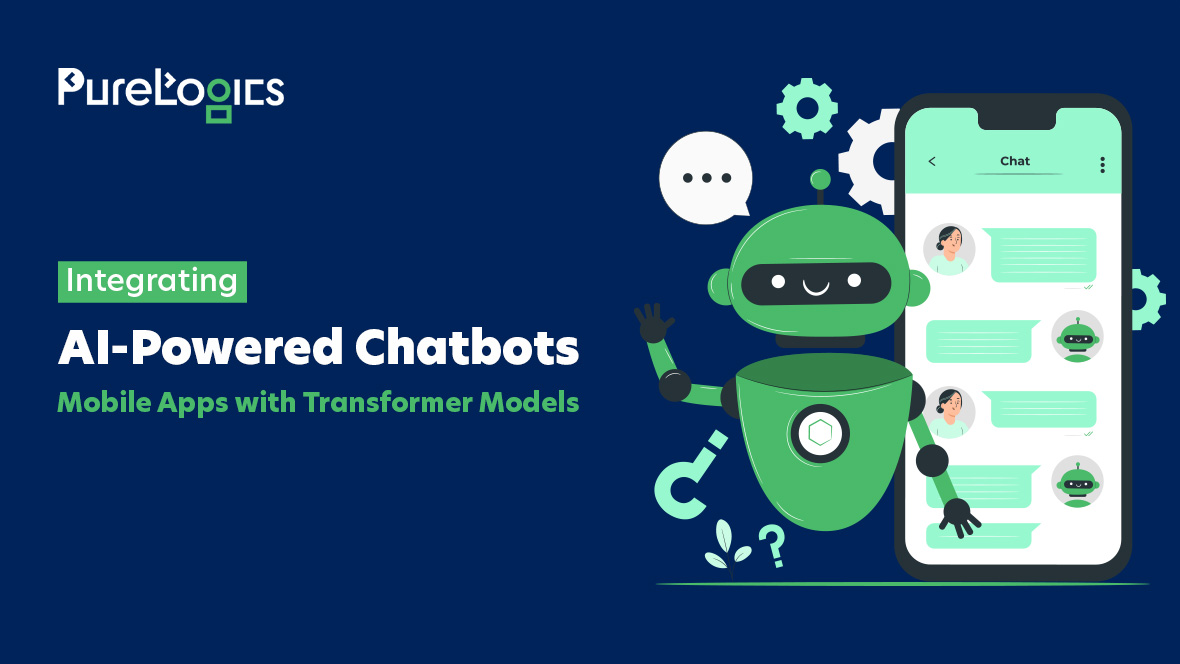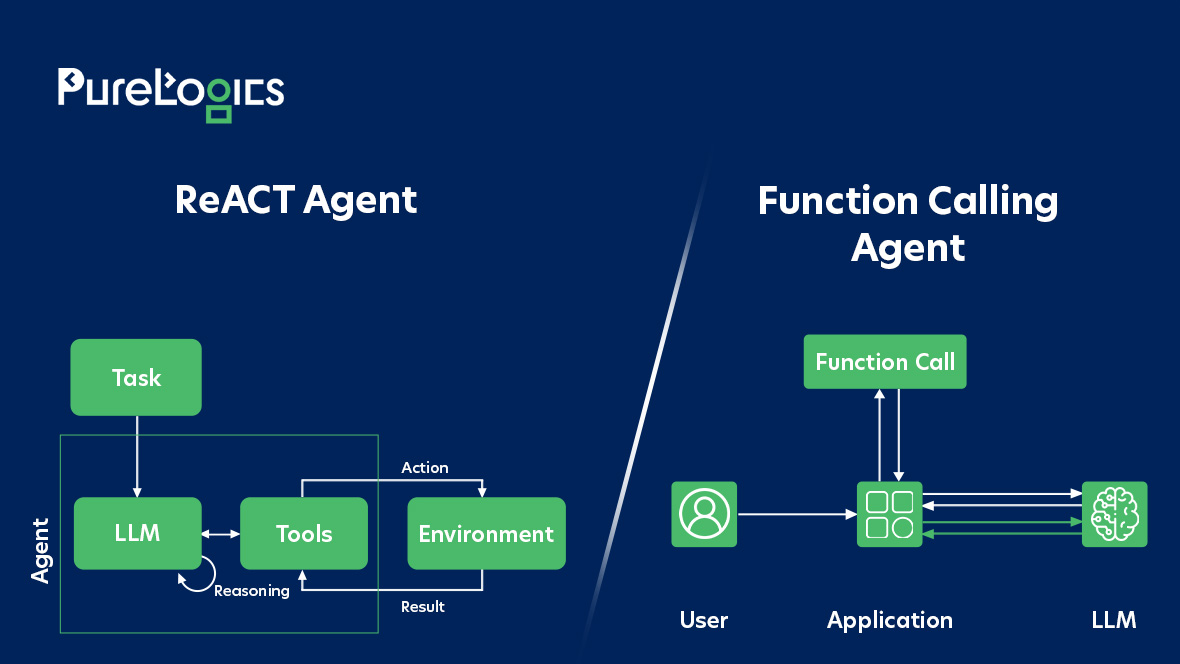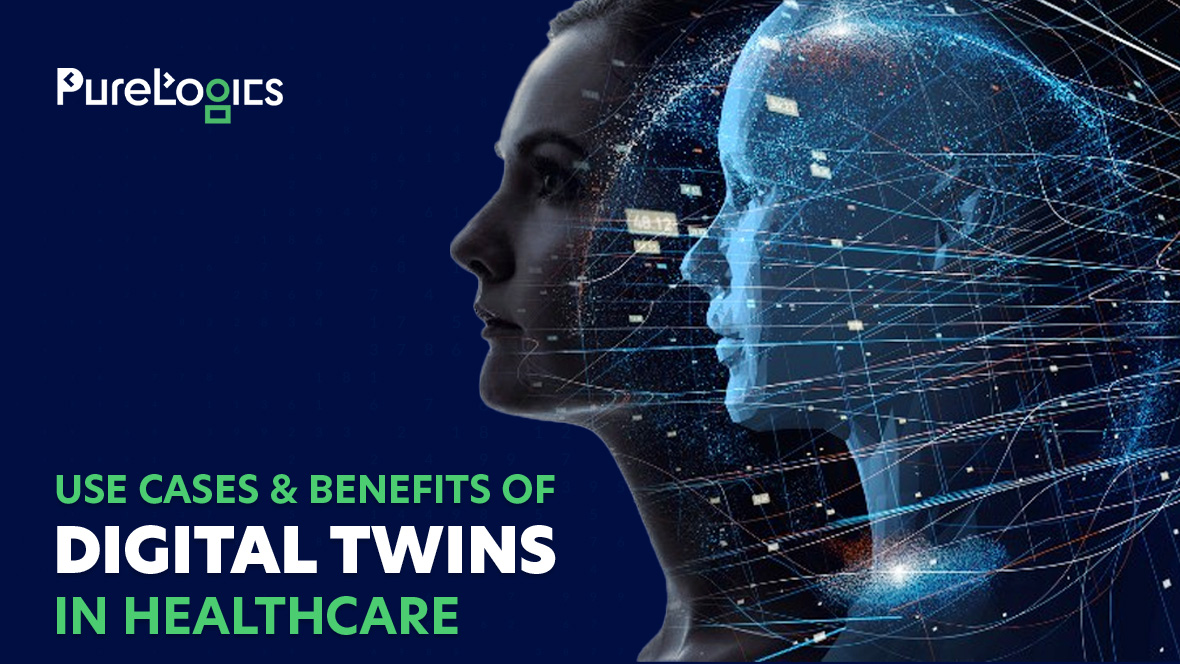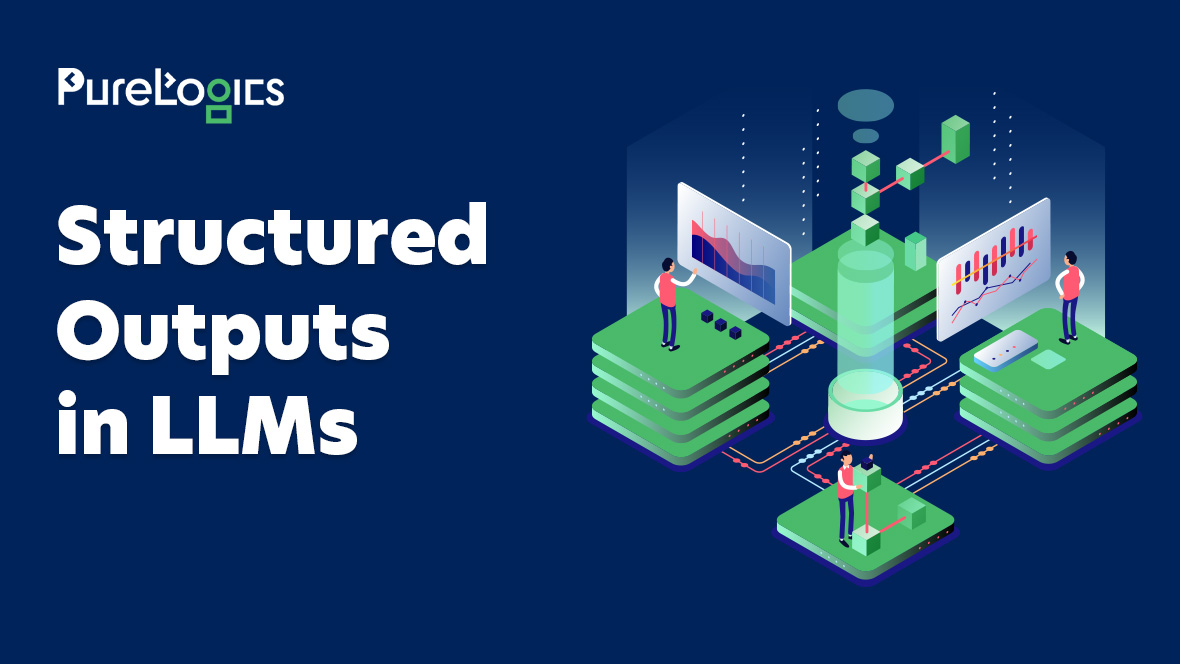While educators debate the opportunities and risks of generative AI as a learning tool, few education technology enterprises use it to boost revenue and lower costs.
Generative AI education has the power to revolutionize the education industry, shifting it from a system focused on storing facts to one that assists students in learning necessary skills and discovering their full potential. Educators are becoming highly accessible to implement AI tools within their classrooms and offer personalized learning experiences. Here are the six generative AI use cases in EdTech:
Six Generative AI Use Cases in EdTech Services
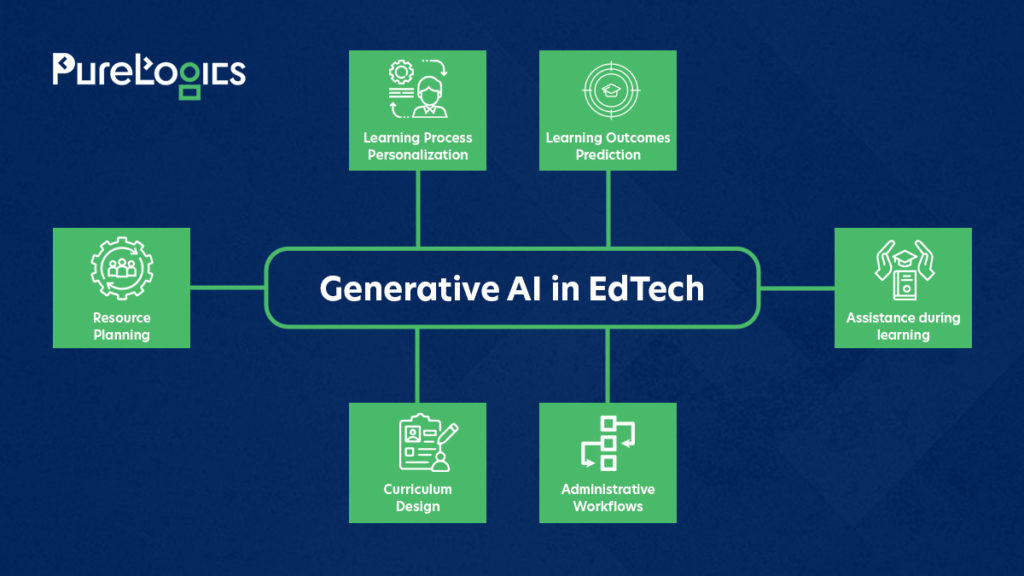
1. Learning Process Personalization
AI-based tools can gather and analyze student data on exercise completion time, overall performance, educational materials, and test results to understand every student’s needs and attitudes. A generative AI services company can design customized training pathways and modify them to the learner’s progress.
When an AI-powered system identifies that a student learning the Spanish language has problems, it can create personalized reading, listening, writing, or speaking exercises and offer immediate feedback based on completion. This system can also provide content in different interactive formats to assist various learning preferences and styles.
2. Learning Outcomes Prediction
Machine learning-based education solutions can process previously gathered data on students’ academic performance, social conditions, and attitudes and classify them into numerous archetypes. Subsequently, the ML algorithms can compare and detect relationships between these categories of learners and their usual schooling outcomes.
Professors can use this capability to select the top teaching programs and methods based on their students’ needs and skills. But it’s also an indispensable platform for educational institutions, which can use predictive analytics software to detect advanced students the possibility of not graduating and dropping out of college on time-based on absenteeism, tardiness, or poor grades and support them before things get out of hand.
3. Assistance During Learning
Combining natural language processing and ML-driven adaptive learning creates flexible virtual assistants that are valuable helpers for learners. Generative AI for education and chatbots operate 24/7, offering students support and feedback whenever a question comes and helping students keep up with their studies.
Virtual assistants can’t judge students, so they assist them in experiments and make them less stressed about making mistakes, which many students tend to do in school in front of their classmates and teachers.
4. Administrative Workflows
Educational institutes can utilize generative AI education tools to automate administrative activities such as enrollment, HR procedures, student application processing, recruiting, facility management, etc. Indeed, powering customer service and administrative tasks with AI might be decisive in improving management efficiency and enhancing responsiveness to students’ requirements.
That’s why the United Kingdom’s Department for Education decided to use a system that can process digital correspondence autonomously, accelerating its follow-up rate to all incoming emails. This tool was developed with Capgemini’s collaboration and has robotic process automation technology improved by AI.
5. Curriculum Design
Generating a curriculum is extremely difficult, as its relevance and knowledge base constantly change. With increasing generative AI trends, it offers personalized lesson plans for every student and can provide immense value in improving national or school curriculums.
Generative AI can process a vast amount of data about students’ interests, challenges, progress, and competencies in a given year and also advise curriculum designers on how to enhance the productivity of teaching programs on a larger scale. AI algorithms can find trends and patterns, predict the effectiveness of specific pedagogical approaches, and predict the results of various educational strategies.
6. Resource Planning
In addition to improving learning outcomes, generative AI trends help seamlessly manage school infrastructure. For example, artificial intelligence can perform error-sensitive resource planning and time-consuming tasks like ordering stationery, learning materials, or the correct quantity of food and ensuring timely purchase and delivery.
It’s especially essential when the pandemic generates numerous uncertainties. Schools must be able to learn quickly or adapt to the latest conditions.
Generative AI Solutions that Revolutionize Education with PureLogics
At PureLogics, we help organizations get the maximum value through quality generative AI services. Connect with our EdTech professionals and learn more about our offerings and successful EdTech solutions.


 [tta_listen_btn]
[tta_listen_btn]
 April 2 2024
April 2 2024

